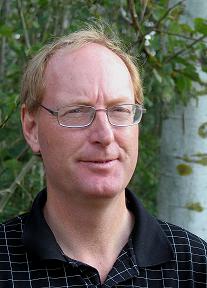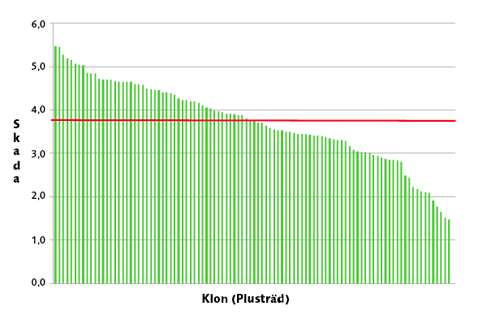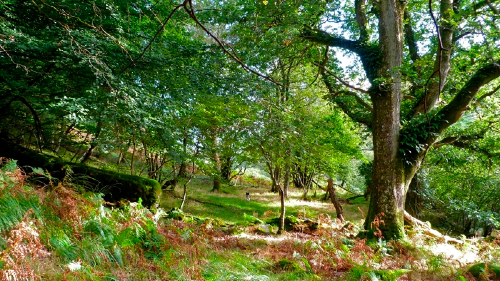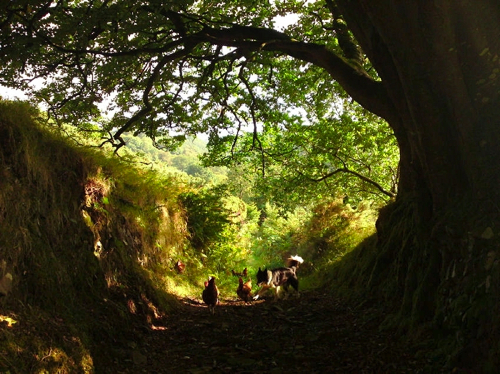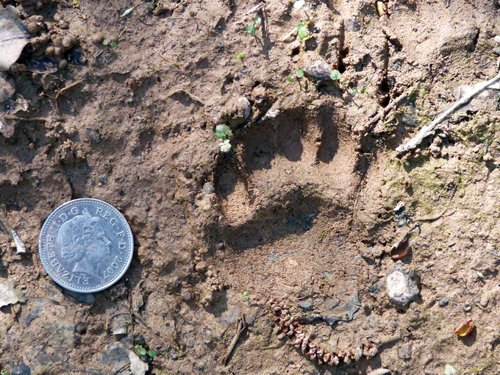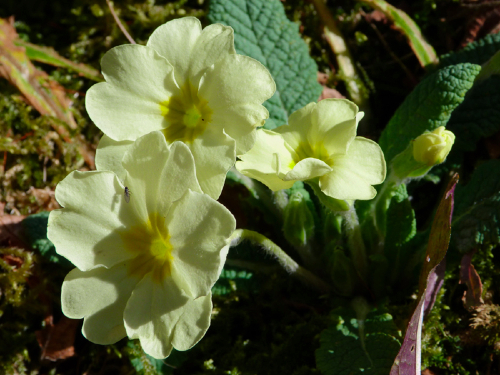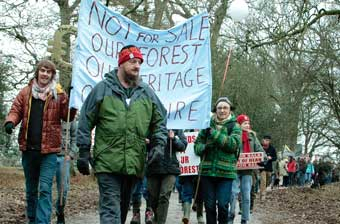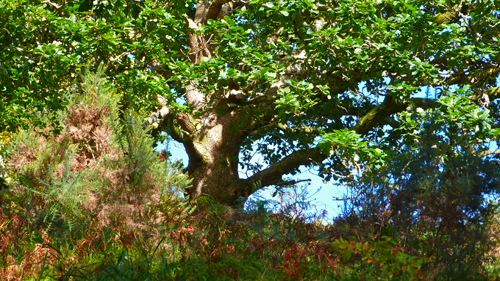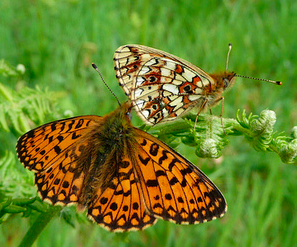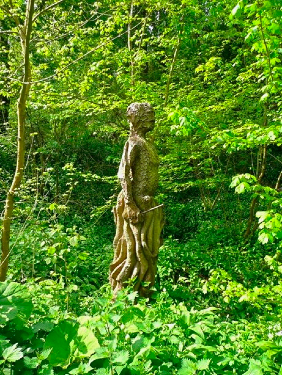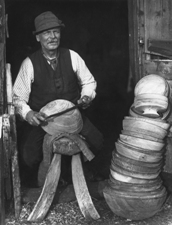Lars Goran-Stener is a silvicultural scientist, working with Skogforsk, the Forestry Research Institute of Sweden.
He has kindly given SoW permission to publish the results of his research into genetic strains of Ash resistant to Chalara (ash die back), we’ve translated it from the Swedish below.
Yggdrasil was seen in Norse mythology as the tree of life, but is now listed as vulnerable on the Red List, due to the tree’s decline from the very aggressive Ash Die Back. The disease was first observed in Lithuania and Poland in the mid-1990s and has since spread to many parts of Europe. In Sweden, the first cases were reported in 2002 and the disease has now basically spread throughout the whole distribution area of Ash in Sweden. The situation is worrisome, one can understand that about 30% of Lithuania’s Ash forest has already been knocked out.
Our results from two Ash tree nurseries, using highly-genetically controlled techniques, show there is a large genetic variation between different clones. No clone is completely unaffected, but some have much higher resistance than the other. Therefore there seems to be good prospects for using traditional forest tree breeding to create a forest of reproductive material of ash that is less sensitive to Ash Die Back.
What is Chalara, ash die back?
Ash Die Back is caused by a newly identified pathogenic fungus, Chalara fraxinea, which is believed to be the asexual stage of ascomyceten Hymenoscyphus albidus – a common mushroom in Europe and a harmless decomposers of fallen ash. But new DNA studies have shown that it is indeed a new asomyceten of unknown origin, H. pseudoalbidus. The disease has a rapid geographic spread and a rapidly destructive sequence. The infection process is under investigation, but it’s likely spread by spores from fruit bodies on leaf stalks that have fallen the previous year and infects leaves on growing trees and therefore onto the tree itself.
Typical symptoms are discoloured leaves, dead shoots and wounds on the branches and trunk. When in-transfection reaches around the trunk it strangulates nutrient flow and the tree dies. Often compounded by the damage of secondary pests, such as various types of fungi. Severe consequences locally are troublesome; young and old trees affected and the entire population can be infected and quickly knocked out. There is no link between the damage and the type of locality! For the individual forest owner, it can be of great economic loss. Ash has also great historical value and there are rare species (insects and lichens) that only occur in ash stands.
Research
There are two seed nurseries of ash in Sweden, namely Snogeholm and Trolleholm, both in Skåne. Grafts from a total of 106 ash trees were selected from 27 populations in southern Sweden. These grafts, (10 – 60 pieces from each tree) were planted randomly in each of the two plantations in 1992 and in 1995. They were classified for vitality and ash die back during the period 2006 to 2011.
Please see Figure 2 here – RESULTS
(Clone genotypic values ash trees 2006 from seed orchard in Snogeholm. Green bars indicate the value for each clone, sorted by decreasing degree of injury. The red line indicates the mean for all clones.The classification of the damage was done in a 10-point scale where 0 = undamaged … 9 = very seriously injured).
The results show that ash trees are strongly genetically controlled and that there is a large genetic variation. No clone was completely unaffected, but there were a few clones with significantly higher resilience than the other, and which also retained the vitality during the six-year study period. The result was similar in both nurseries, indicating that the clones react the same way regardless of habitat. Corresponding results have been found in Danish and Lithuanian attempts. Thus there are good prospects for using traditional forest tree breeding to create a forest of reproductive material of ash that is less sensitive to ash die back.
Practical care tips
Given the high risk of ash regeneration killed by the fungus, ash should not be considered for planting today. In affected populations it is recommended that severely infected trees are cut away. They are obviously very susceptible to the disease and will then also be vulnerable in the future. If the problem of infection is likely to continue, it may be necessary to change to an alternate species. For example, the oak as an alternative for chippings and you can select alder in suitable wetter locations.
The next step is to focus on finding vital trees in heavily damaged stocks. Such trees are grafted from and then resistance is tested under controlled conditions by inoculating the fungus into trunk and branches. Since there are only a few trees that have shown high resistance in previous studies, several hundred trees are our starting materials for this new project. The most vital trees will then be used in a new seed orchard in order to produce planting material with high resistance to ash die back.




